Your cart is currently empty!
Tag: NVIDIA autonomous vehicles
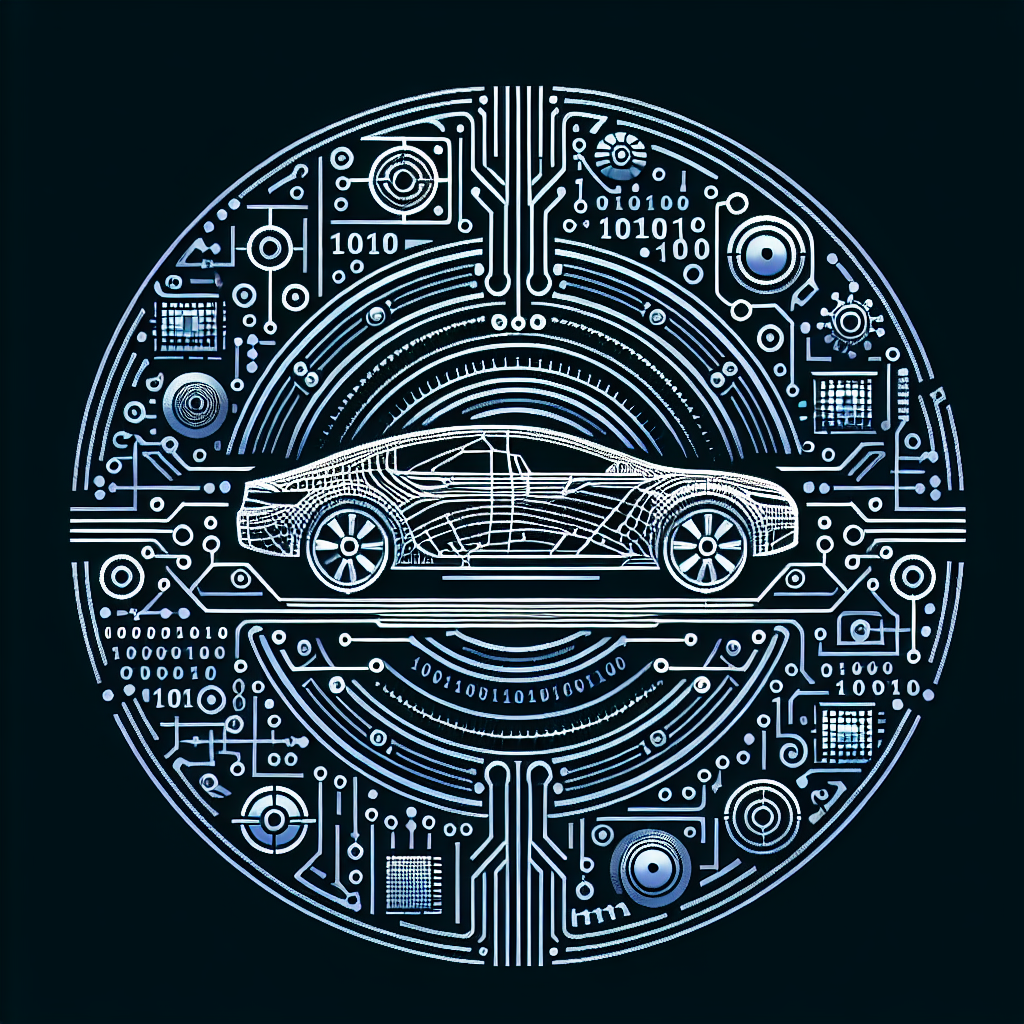
Inside NVIDIA’s Cutting-Edge Technology for Self-Driving Cars
NVIDIA is a leading technology company that has been at the forefront of developing cutting-edge technology for self-driving cars. With their expertise in artificial intelligence, deep learning, and computer vision, NVIDIA has revolutionized the way cars are driven and paved the way for a future where autonomous vehicles will be the norm.One of the key technologies that NVIDIA has developed for self-driving cars is their Drive PX platform. This platform is a powerful computer that is specifically designed for autonomous driving applications. It is equipped with multiple high-performance GPUs, allowing it to process massive amounts of data in real-time and make split-second decisions to navigate through complex road environments.
One of the key features of the Drive PX platform is its deep learning capabilities. NVIDIA has trained their algorithms on millions of miles of driving data, allowing the system to learn from experience and improve its driving capabilities over time. This means that self-driving cars using the Drive PX platform can continuously adapt to changing road conditions and become more efficient and safe drivers.
Another cutting-edge technology that NVIDIA has developed for self-driving cars is their NVIDIA DriveWorks software. This software provides a comprehensive set of tools and libraries for developers to build and deploy autonomous driving applications. From object detection to path planning, DriveWorks provides all the necessary tools for creating a fully autonomous driving system.
In addition to the Drive PX platform and DriveWorks software, NVIDIA has also developed a range of sensors and cameras that are crucial for self-driving cars to navigate safely on the road. These sensors can detect obstacles, pedestrians, and other vehicles in real-time, allowing the car to make intelligent decisions to avoid collisions and navigate through traffic.
Overall, NVIDIA’s cutting-edge technology for self-driving cars is revolutionizing the automotive industry and paving the way for a future where autonomous vehicles will be a common sight on our roads. With their expertise in artificial intelligence, deep learning, and computer vision, NVIDIA is leading the way in creating a safer and more efficient driving experience for everyone.
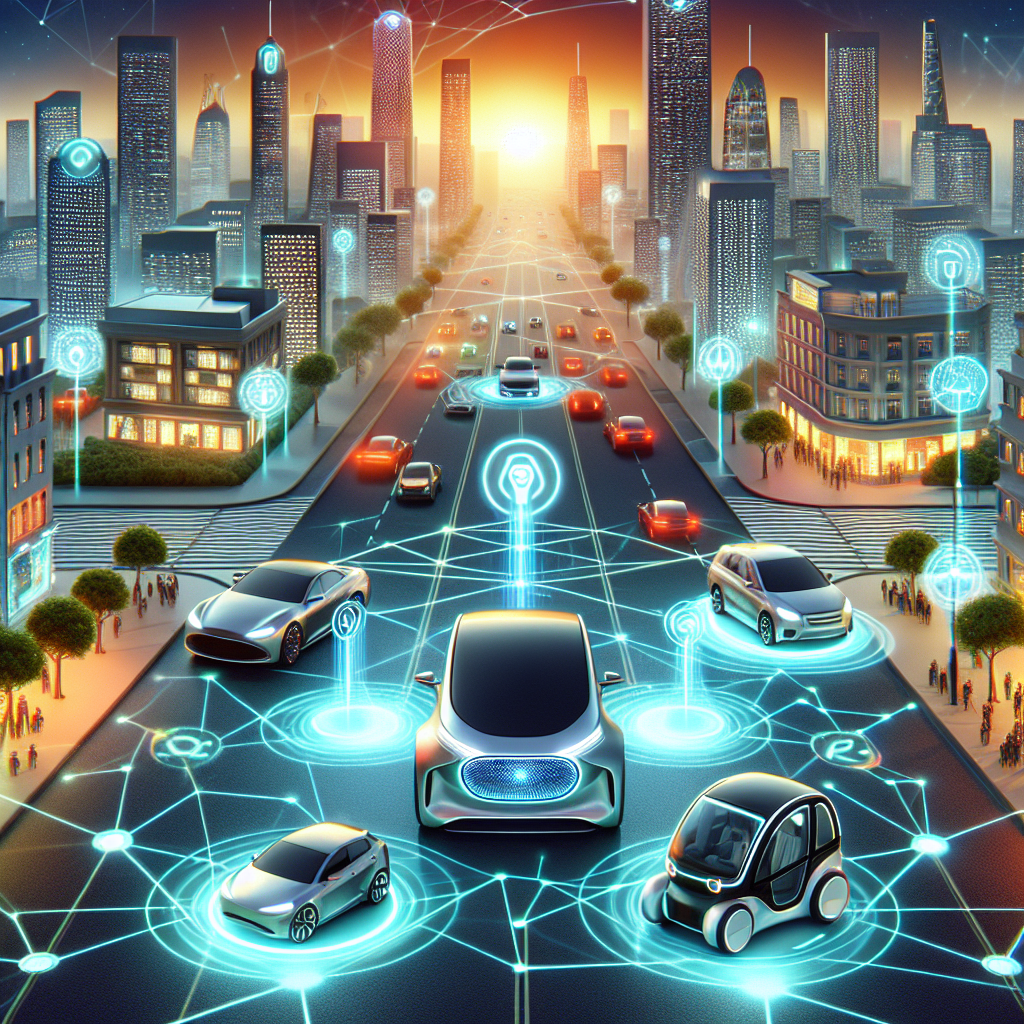
The Future of Mobility: How NVIDIA is Driving the Autonomous Vehicle Industry
The Future of Mobility: How NVIDIA is Driving the Autonomous Vehicle IndustryThe world of transportation is on the brink of a major revolution, with autonomous vehicles set to reshape how we move from place to place. Leading the charge in this transformation is NVIDIA, a technology company that is at the forefront of developing the hardware and software solutions that will power the autonomous vehicle industry.
NVIDIA’s involvement in the autonomous vehicle industry can be traced back to its inception of the DRIVE platform, a suite of technologies that enable vehicles to perceive their surroundings, navigate through complex environments, and make real-time decisions. This platform has been widely adopted by automakers and tech companies alike, with NVIDIA’s technology serving as the backbone of many autonomous vehicle projects.
One of the key components of NVIDIA’s DRIVE platform is its powerful AI software, which allows vehicles to interpret data from sensors such as cameras, lidar, and radar to understand their surroundings. This AI software is constantly learning and improving, enabling vehicles to become more capable and safe over time.
In addition to its AI software, NVIDIA also produces hardware solutions that are essential for autonomous vehicles to operate efficiently. The company’s GPUs are known for their processing power and efficiency, making them ideal for handling the massive amounts of data that autonomous vehicles generate and process.
NVIDIA’s commitment to advancing the autonomous vehicle industry is evident in its partnerships with leading automakers such as Audi, Mercedes-Benz, and Toyota. These partnerships have resulted in the development of groundbreaking autonomous vehicle technologies that are set to revolutionize the way we travel.
But NVIDIA’s impact on the autonomous vehicle industry goes beyond just hardware and software. The company is also investing heavily in research and development to push the boundaries of what is possible with autonomous vehicles. From advanced simulation tools to testing facilities, NVIDIA is dedicated to ensuring that autonomous vehicles are safe, reliable, and efficient.
As we look towards the future of mobility, it is clear that NVIDIA will play a crucial role in driving the autonomous vehicle industry forward. With its cutting-edge technology and commitment to innovation, NVIDIA is poised to shape the way we move in the years to come. The future of mobility is bright, and NVIDIA is leading the way.
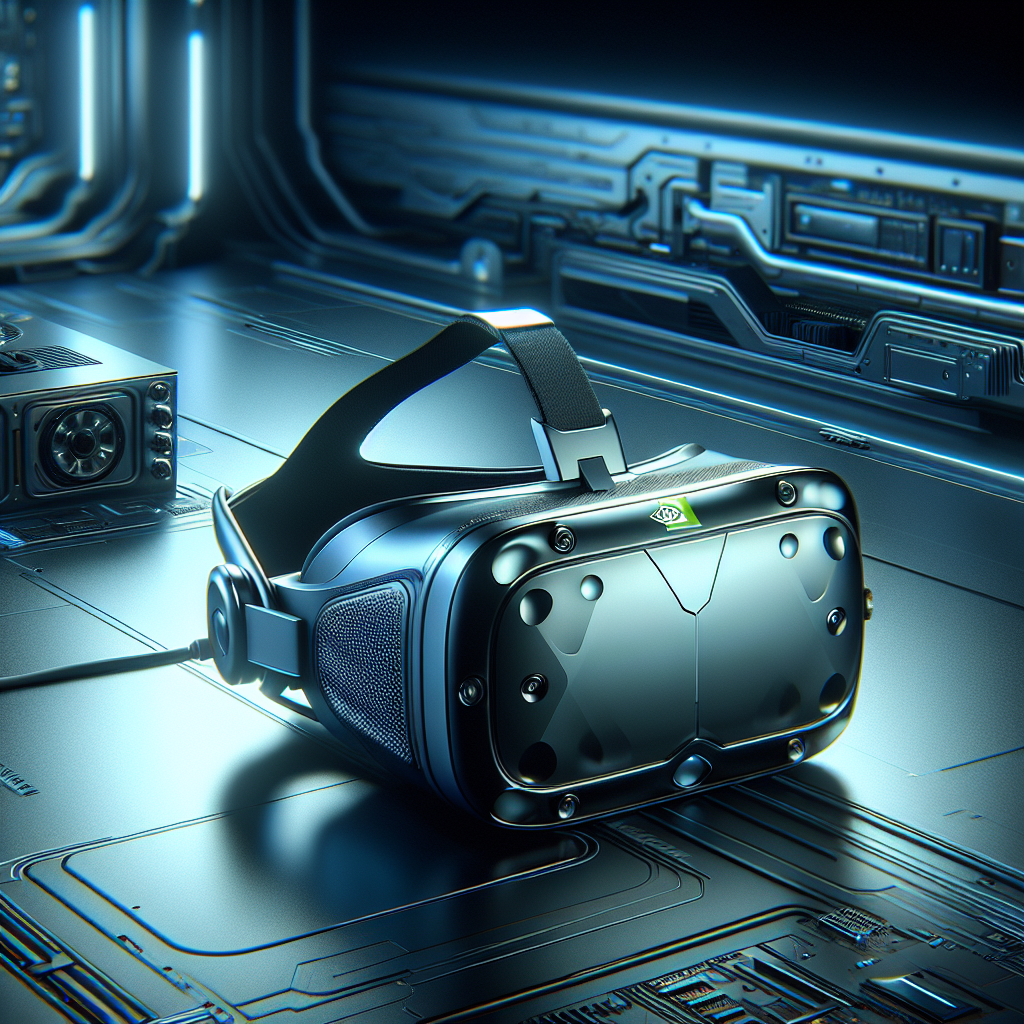
The Cutting-Edge of Virtual Reality: NVIDIA VR Technology at the Forefront
Virtual reality (VR) technology has been rapidly advancing in recent years, with companies like NVIDIA at the forefront of these innovations. NVIDIA is known for its cutting-edge graphics processing units (GPUs) and has been a key player in the development of VR technology.One of the key components of VR technology is the display resolution and refresh rate, which are crucial in creating a realistic and immersive experience for users. NVIDIA has been working tirelessly to improve the resolution and refresh rate of VR displays, making them more lifelike and reducing motion sickness for users.
Another important aspect of VR technology is the tracking and movement of the user within the virtual environment. NVIDIA has developed advanced tracking systems that use sensors and cameras to accurately track the movements of the user, allowing for a seamless and immersive experience.
Furthermore, NVIDIA has also been working on developing realistic 3D audio technology, which enhances the overall immersive experience of VR. By accurately simulating sound in a 3D space, users can feel more immersed in the virtual environment and have a more realistic experience.
NVIDIA’s VR technology is not only pushing the boundaries of what is possible in virtual reality, but also in other industries such as gaming, education, healthcare, and more. The company’s commitment to innovation and technological advancement has positioned them as a leader in the VR space.
As VR technology continues to evolve, NVIDIA will undoubtedly be at the forefront of these advancements, pushing the boundaries of what is possible in virtual reality. With their cutting-edge technology and commitment to excellence, NVIDIA is shaping the future of virtual reality and revolutionizing how we experience digital worlds.
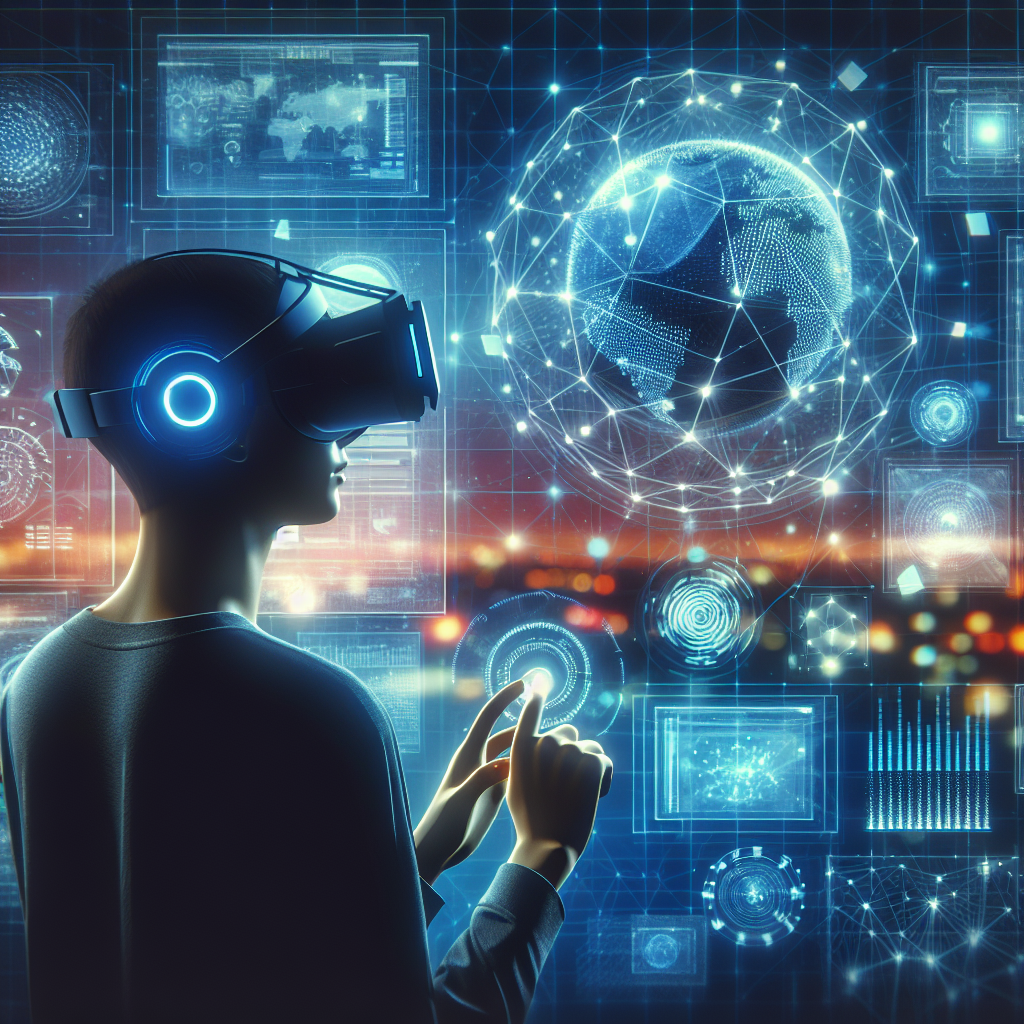
Exploring the Possibilities of NVIDIA Virtual Reality Technology
Virtual reality (VR) technology has been steadily gaining popularity in recent years, offering users an immersive and interactive experience that blurs the lines between the physical and digital worlds. NVIDIA, a leading provider of graphics processing units (GPUs) and technologies, has been at the forefront of developing VR solutions that push the boundaries of what is possible in this exciting new medium.NVIDIA’s VR technology is powered by their industry-leading GPUs, which deliver stunning graphics and high performance to create a seamless and realistic VR experience. Their GPUs are designed to handle the intensive processing required for VR applications, ensuring smooth and responsive gameplay for users.
One of the key features of NVIDIA’s VR technology is its support for advanced graphics effects such as real-time ray tracing and deep learning super sampling (DLSS). Real-time ray tracing allows for more realistic lighting and reflections in VR environments, while DLSS uses AI algorithms to improve image quality and performance in VR games.
NVIDIA also offers a range of software tools and SDKs to help developers create immersive VR experiences. Their VRWorks SDK includes features such as multi-res shading, which improves performance by rendering different parts of the screen at different resolutions, as well as VR SLI, which allows multiple GPUs to work together to deliver higher frame rates and better image quality in VR applications.
In addition to providing cutting-edge technology for VR gaming, NVIDIA’s VR solutions are also being used in a variety of other industries. For example, VR is being used in architecture and engineering to create virtual models of buildings and products, allowing designers to visualize their creations in 3D before they are built. VR is also being used in healthcare for training simulations and virtual therapy sessions, as well as in education for immersive learning experiences.
As VR technology continues to evolve and improve, the possibilities for its applications are endless. NVIDIA’s commitment to developing high-performance GPUs and software tools for VR is helping to drive innovation in this exciting new medium, opening up new possibilities for entertainment, education, and business.
Whether you are a gamer looking for the ultimate immersive experience, a developer seeking to create cutting-edge VR applications, or a business looking to harness the power of VR technology, NVIDIA’s virtual reality solutions offer a world of possibilities. With their state-of-the-art GPUs, software tools, and support for advanced graphics effects, NVIDIA is leading the way in shaping the future of virtual reality technology.
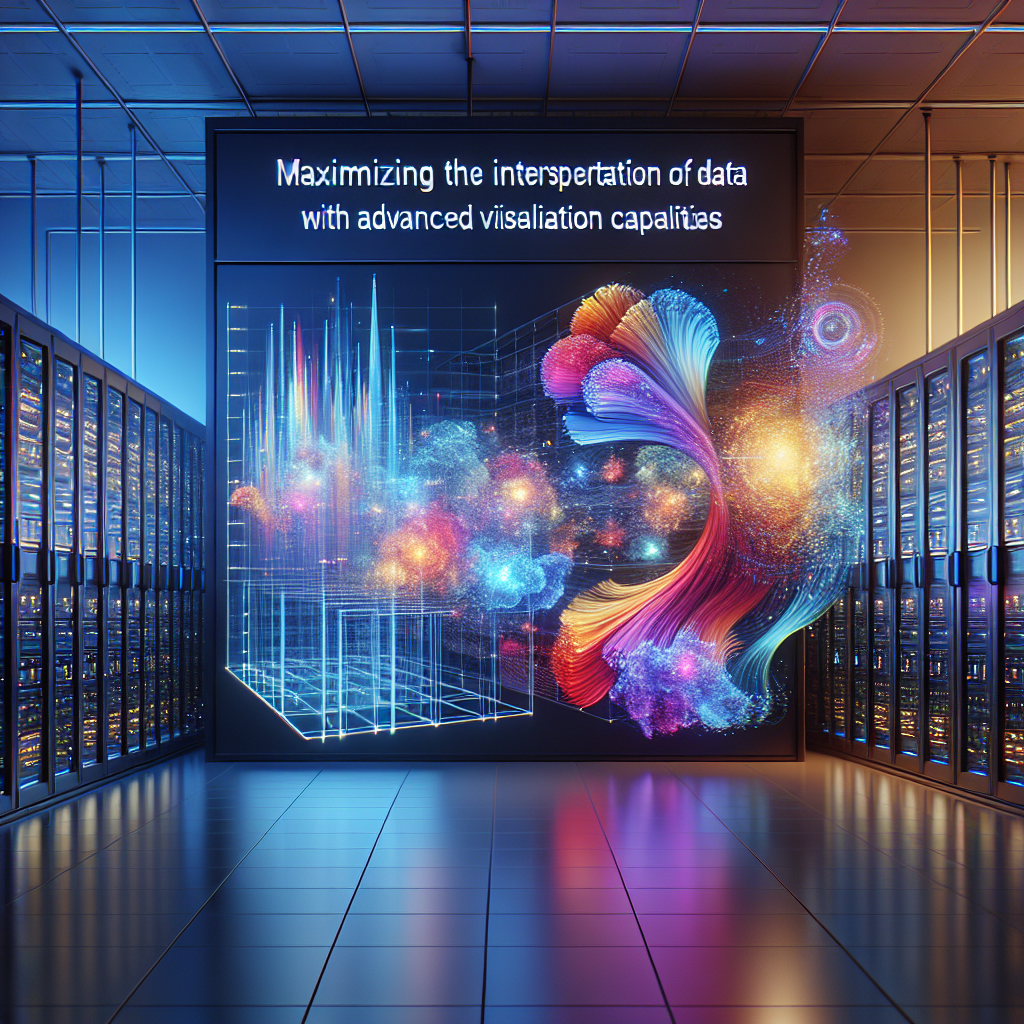
Maximizing Data Interpretation with NVIDIA’s Visualization Capabilities
Data interpretation is a crucial aspect of extracting valuable insights from large datasets. As the volume and complexity of data continue to grow, organizations are turning to advanced visualization capabilities to help make sense of their data. NVIDIA, a leading provider of graphics processing units (GPUs), offers powerful tools and technologies that can help organizations maximize their data interpretation efforts.NVIDIA’s visualization capabilities are designed to help users easily visualize and analyze complex datasets. By leveraging the parallel processing power of GPUs, NVIDIA’s tools enable users to quickly render and interact with large volumes of data in real-time. This capability is particularly useful for tasks such as data exploration, pattern recognition, and predictive modeling.
One of the key advantages of using NVIDIA’s visualization capabilities is the ability to create high-quality, interactive visualizations that allow users to explore and analyze data in new ways. With features such as real-time rendering, advanced shading techniques, and support for complex data formats, NVIDIA’s tools enable users to create visually stunning representations of their data that can uncover hidden patterns and trends.
In addition, NVIDIA’s visualization capabilities also provide support for advanced data analysis techniques, such as machine learning and deep learning. By combining the power of GPUs with cutting-edge algorithms, users can quickly train and deploy predictive models that can help them make more informed decisions based on their data.
Furthermore, NVIDIA’s tools are designed to be highly scalable, making them suitable for a wide range of applications and industries. Whether you are analyzing large-scale scientific data, conducting market research, or developing autonomous vehicles, NVIDIA’s visualization capabilities can help you maximize your data interpretation efforts and unlock new insights from your data.
In conclusion, NVIDIA’s visualization capabilities offer a powerful solution for organizations looking to maximize their data interpretation efforts. By leveraging the parallel processing power of GPUs and advanced algorithms, users can create high-quality visualizations, analyze complex datasets, and uncover valuable insights that can drive business success. Whether you are a data scientist, researcher, or business analyst, NVIDIA’s tools can help you make sense of your data and unlock new opportunities for innovation and growth.
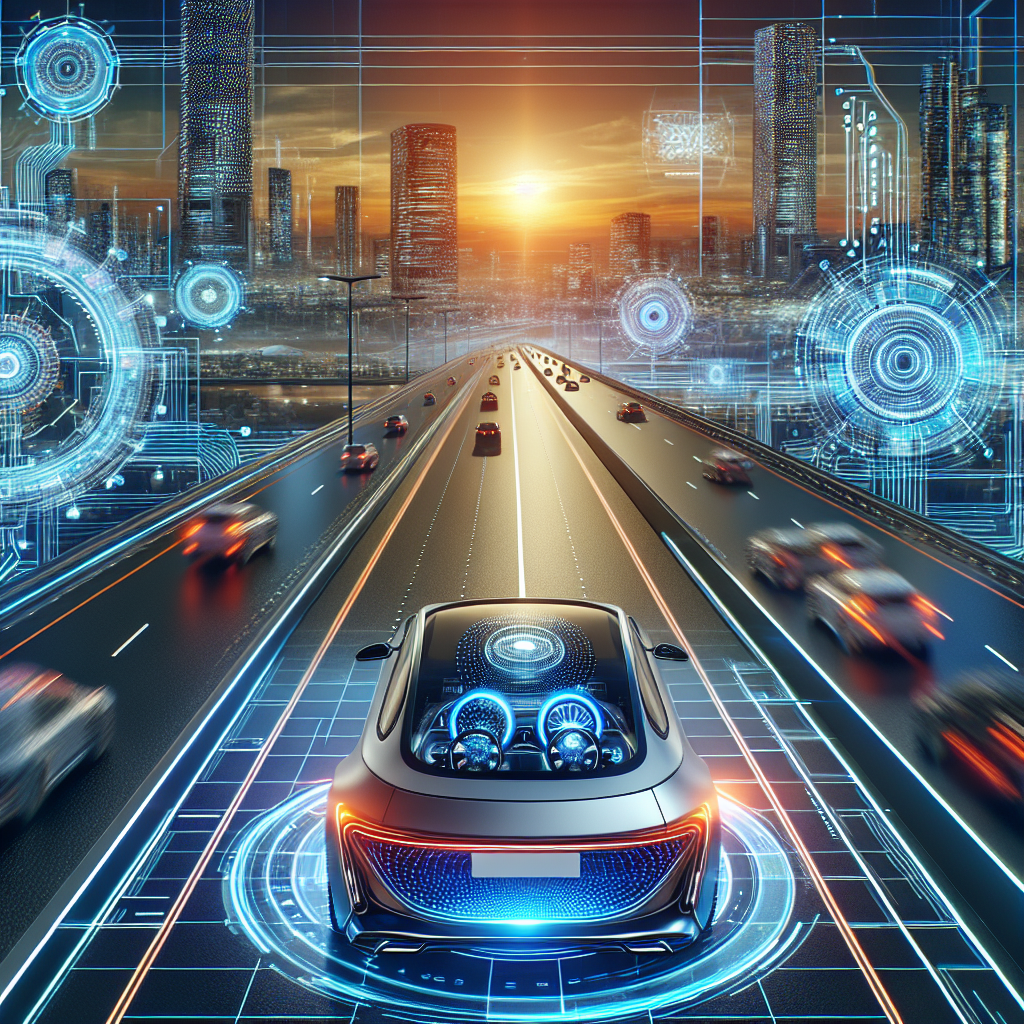
Navigating the Future of Transportation with NVIDIA’s DRIVE Platform
Transportation is undergoing a major transformation, with advancements in technology paving the way for safer, more efficient, and sustainable modes of travel. NVIDIA, a leading technology company, is at the forefront of this revolution with its DRIVE platform, which is revolutionizing the future of transportation.The DRIVE platform is a comprehensive software and hardware solution that is designed to power autonomous vehicles, enabling them to navigate and make decisions on the road with precision and accuracy. By combining powerful processors, AI algorithms, and sensor fusion capabilities, the DRIVE platform offers a level of intelligence and autonomy that is unmatched in the industry.
One of the key features of the DRIVE platform is its ability to process vast amounts of data in real-time, allowing autonomous vehicles to make split-second decisions based on their surroundings. This capability is essential for ensuring the safety of both passengers and pedestrians, as it enables vehicles to react to changing road conditions and potential hazards with speed and accuracy.
In addition to its safety benefits, the DRIVE platform also offers significant advantages in terms of efficiency and sustainability. By optimizing routes, reducing congestion, and minimizing emissions, autonomous vehicles powered by the DRIVE platform have the potential to revolutionize the way we think about transportation and its impact on the environment.
But the benefits of the DRIVE platform extend beyond just autonomous vehicles. NVIDIA is also leveraging its technology to improve other aspects of transportation, such as public transit systems, ride-sharing services, and even delivery fleets. By incorporating AI and advanced analytics into these systems, NVIDIA is helping to create a more seamless and connected transportation network that benefits everyone.
As we look to the future of transportation, it is clear that NVIDIA’s DRIVE platform will play a pivotal role in shaping the way we move from point A to point B. With its cutting-edge technology and commitment to innovation, NVIDIA is paving the way for a safer, more efficient, and sustainable future of transportation.
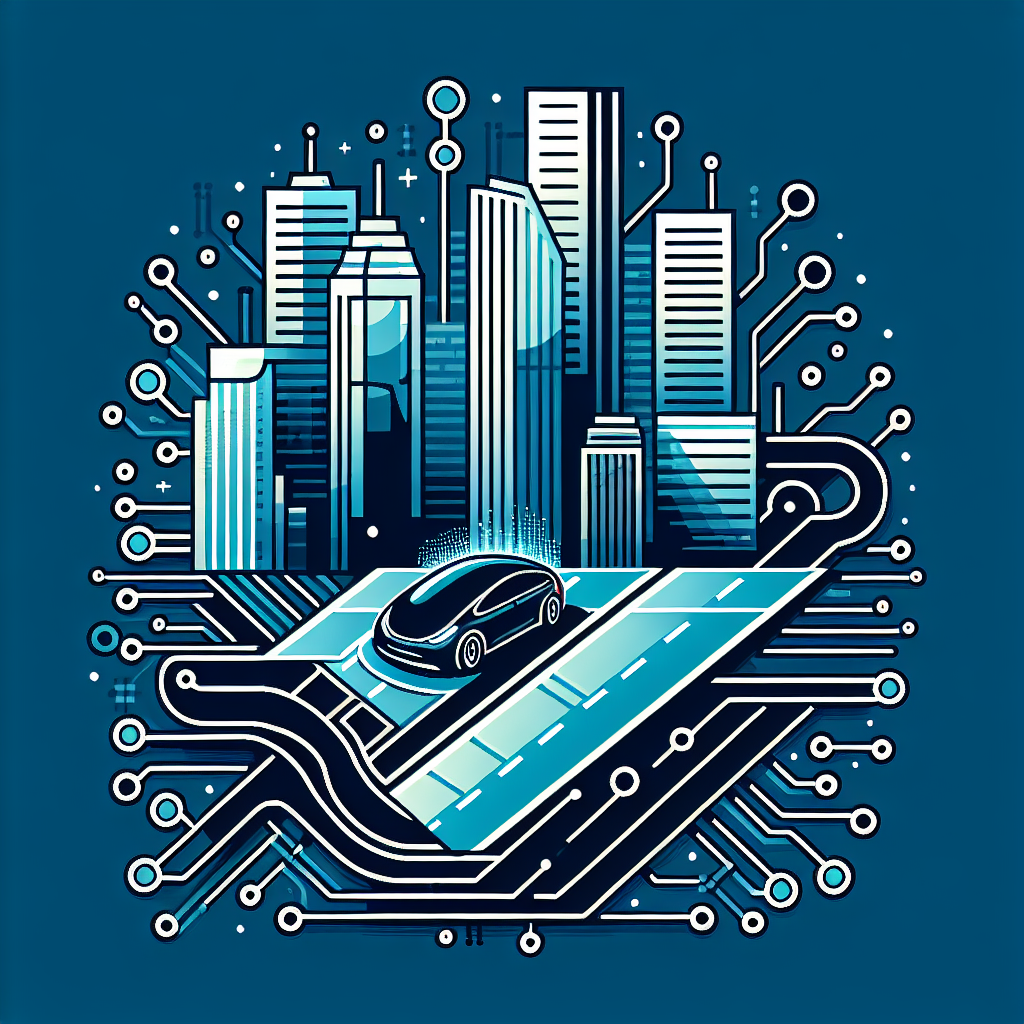
The Driverless Revolution: NVIDIA’s Role in Advancing Autonomous Vehicles
In recent years, the automotive industry has been undergoing a major transformation with the rise of autonomous vehicles. These driverless cars have the potential to revolutionize transportation, making roads safer, reducing traffic congestion, and providing greater mobility for individuals who may not be able to drive themselves. One company that has been at the forefront of advancing autonomous vehicle technology is NVIDIA.NVIDIA is a leading technology company known for its graphics processing units (GPUs) that are used in a variety of industries, including gaming, artificial intelligence, and self-driving cars. The company has been heavily involved in the development of autonomous vehicle technology, providing the computing power and software needed to make driverless cars a reality.
One of the key technologies that NVIDIA has developed for autonomous vehicles is its DRIVE platform, which includes hardware and software components that enable self-driving cars to perceive and understand the world around them. The platform uses deep learning algorithms to process data from sensors such as cameras, lidar, and radar, allowing the car to make real-time decisions about how to navigate its environment.
NVIDIA’s DRIVE platform has been used by a number of automakers and tech companies to develop autonomous vehicles. For example, Tesla has used NVIDIA’s hardware in its Autopilot system, which provides features such as lane-keeping assist and adaptive cruise control. Additionally, companies like Audi, Mercedes-Benz, and Toyota have all partnered with NVIDIA to incorporate its technology into their self-driving car projects.
In addition to its work with automakers, NVIDIA has also been working with researchers and developers to advance autonomous vehicle technology. The company hosts an annual conference called GTC (GPU Technology Conference) where experts in the field of artificial intelligence and autonomous driving come together to share ideas and collaborate on new technologies.
Overall, NVIDIA has played a significant role in advancing the development of autonomous vehicles. Its cutting-edge technology and expertise in artificial intelligence have helped to make driverless cars a reality, and the company continues to push the boundaries of what is possible in the world of self-driving cars. As the driverless revolution continues to unfold, NVIDIA will undoubtedly play a key role in shaping the future of transportation.
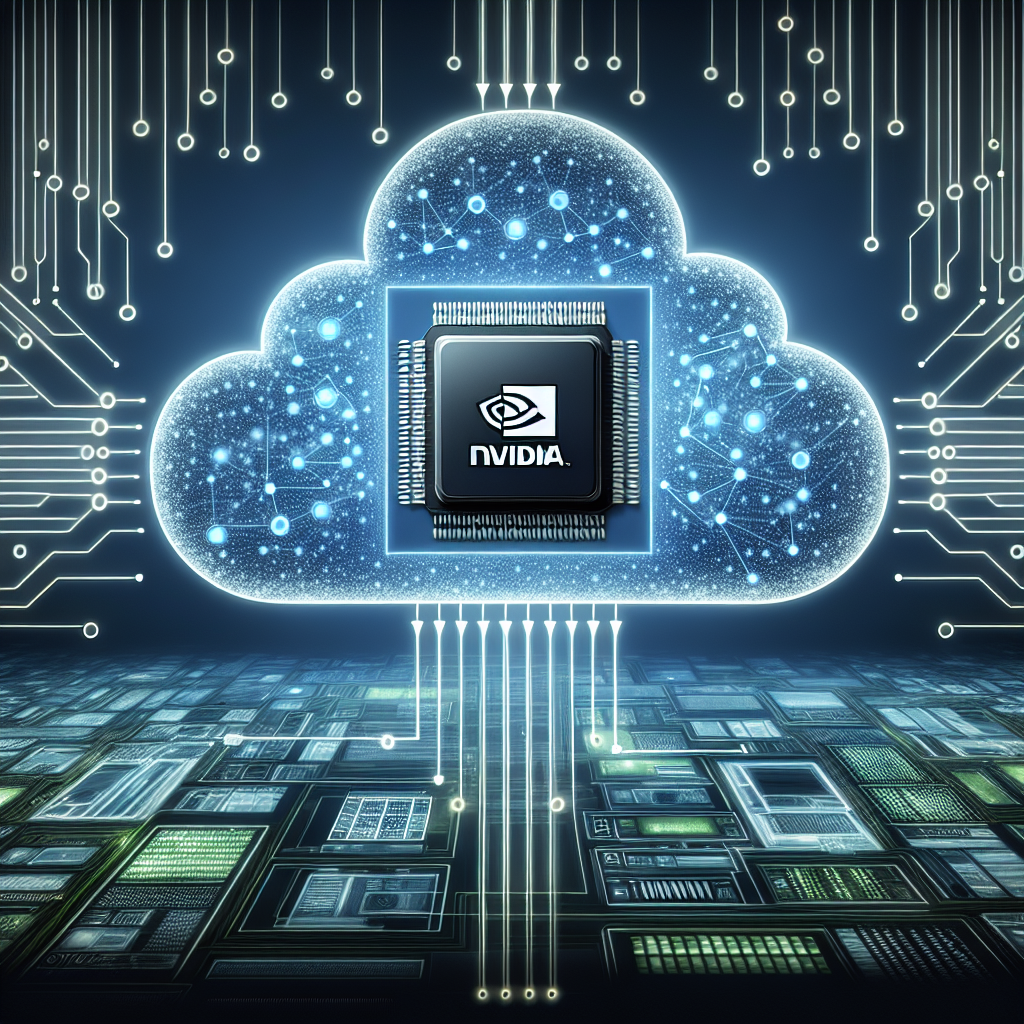
The Impact of NVIDIA’s Cloud Computing on the Tech Industry
NVIDIA has been a pioneer in the tech industry for many years, constantly pushing the boundaries of what is possible with their cutting-edge technology. One area where NVIDIA has made a significant impact is in the realm of cloud computing.Cloud computing has revolutionized the way we store and access data, allowing businesses and individuals to access their files and applications from anywhere in the world. NVIDIA’s expertise in graphics processing units (GPUs) has allowed them to play a key role in the development of cloud computing technology.
One of the key ways in which NVIDIA has impacted the tech industry with their cloud computing technology is through their GPU virtualization technology. This technology allows multiple users to share a single GPU, maximizing its efficiency and performance. This has opened up new possibilities for industries such as gaming, artificial intelligence, and data analytics, where the processing power of GPUs is crucial.
NVIDIA’s cloud computing technology has also had a significant impact on the field of artificial intelligence. Their GPUs are well-suited for the complex calculations required for AI applications, and their cloud computing services have made it easier for developers to access the computing power they need to train and deploy AI models.
Furthermore, NVIDIA’s cloud computing technology has helped to democratize access to high-performance computing resources. Small businesses and startups that may not have the budget for expensive hardware can now access the same level of computing power as larger organizations through NVIDIA’s cloud services.
Overall, NVIDIA’s cloud computing technology has had a profound impact on the tech industry, enabling new possibilities and driving innovation in a wide range of fields. As NVIDIA continues to push the boundaries of what is possible with their technology, we can expect to see even more advancements in the world of cloud computing and beyond.
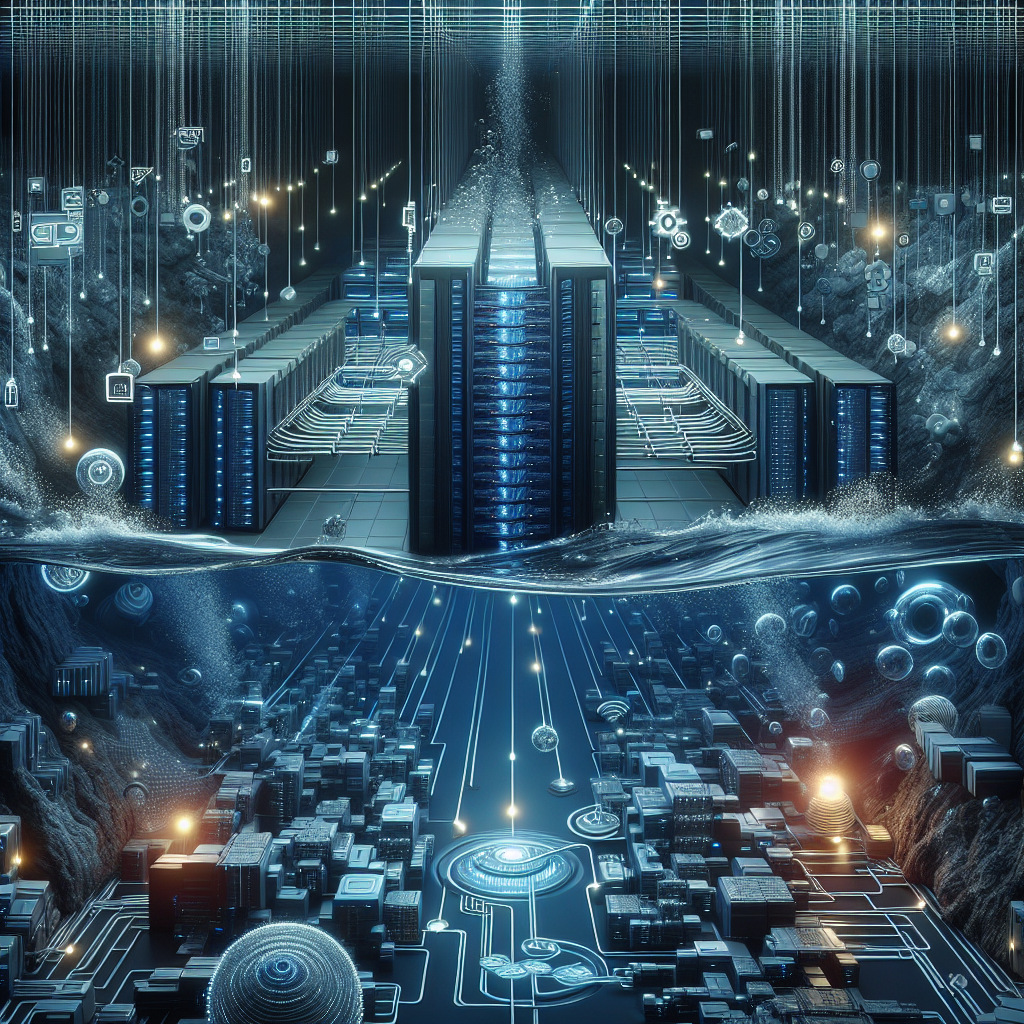
A Deep Dive into NVIDIA’s Data Center Strategy and Vision
NVIDIA is a leading technology company that has been at the forefront of innovation in the data center space. With a focus on artificial intelligence, high-performance computing, and data analytics, NVIDIA has developed a comprehensive data center strategy and vision that sets it apart from its competitors.At the core of NVIDIA’s data center strategy is its focus on developing cutting-edge GPU technology that can accelerate a wide range of data center workloads. NVIDIA’s GPUs are specifically designed to handle the complex computations required for AI and machine learning applications, making them a key component of many data center environments.
In addition to its GPU technology, NVIDIA has also developed a suite of software tools and frameworks that are optimized for its hardware, making it easier for data center operators to harness the power of NVIDIA’s GPUs. This includes libraries like cuDNN and TensorRT, which are designed to accelerate deep learning and inference workloads, as well as frameworks like CUDA and NVIDIA’s Deep Learning SDK, which provide developers with the tools they need to build and deploy AI applications.
One of the key pillars of NVIDIA’s data center strategy is its focus on collaboration and partnerships. NVIDIA works closely with leading technology companies, research institutions, and startups to develop innovative solutions that leverage its GPU technology. This collaborative approach has enabled NVIDIA to stay at the cutting edge of data center innovation, and has helped it to establish itself as a leader in the AI and machine learning space.
Looking ahead, NVIDIA’s data center vision is focused on continuing to push the boundaries of what is possible with GPU technology. The company is investing heavily in research and development to develop even more powerful GPUs, as well as new software tools and frameworks that will further enhance the capabilities of its hardware.
In conclusion, NVIDIA’s data center strategy and vision are built around a commitment to innovation, collaboration, and pushing the boundaries of what is possible with GPU technology. With a focus on AI, high-performance computing, and data analytics, NVIDIA is well positioned to continue leading the way in the data center space for years to come.
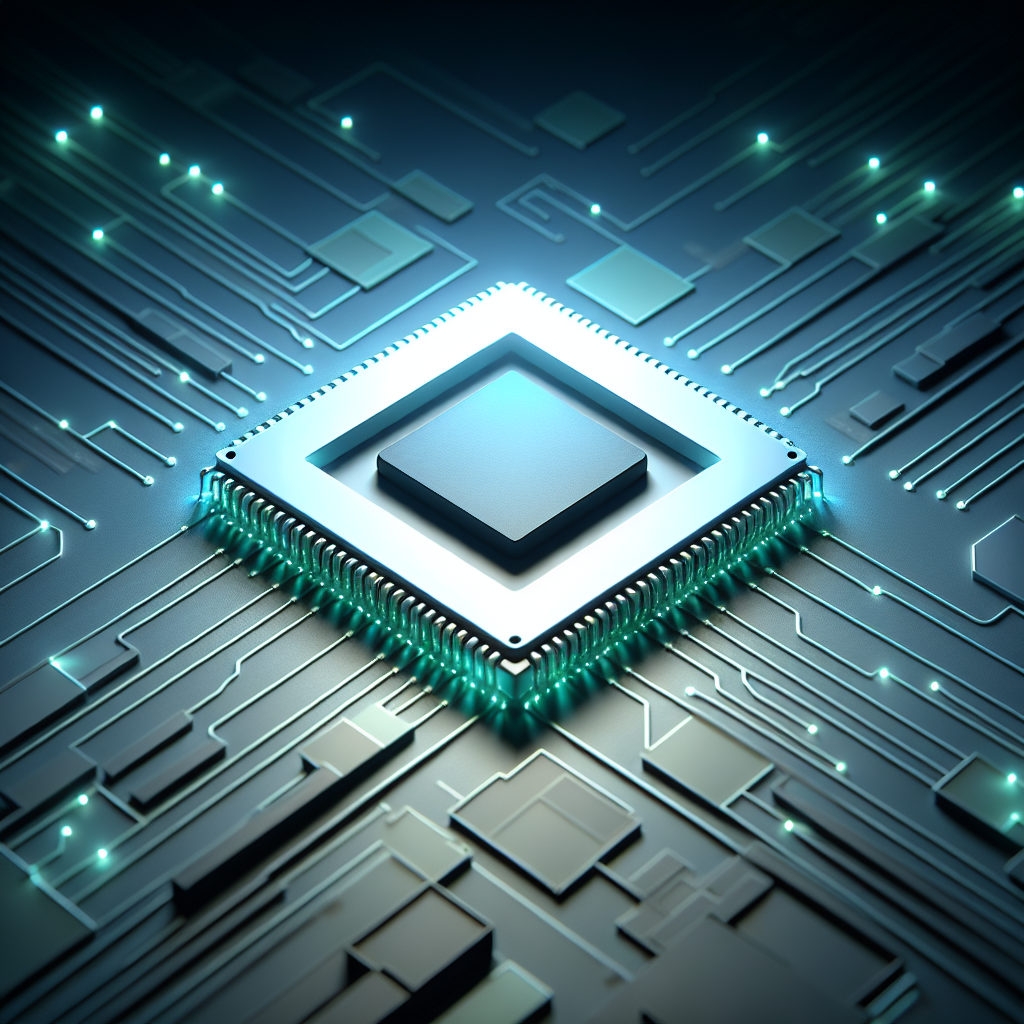
A Closer Look at NVIDIA’s HPC Capabilities: What You Need to Know
NVIDIA is a leading provider of high-performance computing (HPC) solutions, offering a range of products that cater to the needs of demanding workloads in fields such as artificial intelligence, data analytics, and scientific research. In this article, we take a closer look at NVIDIA’s HPC capabilities and highlight what you need to know about their offerings.One of the key strengths of NVIDIA’s HPC solutions is their use of GPU technology. GPUs are highly parallel processors that can handle complex computations with ease, making them ideal for HPC workloads. NVIDIA’s GPUs are specifically designed for HPC applications, with features such as high memory bandwidth, low latency, and support for double precision floating-point calculations.
NVIDIA offers a range of GPU products for HPC, including the Tesla and Quadro lines. The Tesla GPUs are designed for data center deployments and are optimized for high-performance computing tasks. The Quadro GPUs, on the other hand, are designed for professional graphics applications but can also be used for HPC workloads.
In addition to hardware, NVIDIA also offers a range of software tools and libraries to support HPC applications. One of the most popular tools is CUDA, a parallel computing platform and programming model that allows developers to harness the power of NVIDIA GPUs for their applications. CUDA provides a range of libraries and APIs for tasks such as linear algebra, signal processing, and image processing.
Another key software offering from NVIDIA is the NVIDIA HPC SDK, which includes compilers, libraries, and tools for developing HPC applications. The HPC SDK supports a range of programming languages, including C, C++, and Fortran, and provides optimizations for NVIDIA GPUs to ensure maximum performance.
NVIDIA’s HPC capabilities have been widely adopted in a range of industries, including finance, healthcare, and automotive. In finance, for example, NVIDIA GPUs are used for tasks such as risk analysis, algorithmic trading, and fraud detection. In healthcare, GPUs are used for tasks such as medical imaging analysis, drug discovery, and genomics research. In automotive, GPUs are used for tasks such as autonomous driving, vehicle simulation, and aerodynamics analysis.
In conclusion, NVIDIA’s HPC capabilities are a key enabler for organizations looking to harness the power of high-performance computing for their workloads. With a range of GPU products, software tools, and libraries, NVIDIA provides a comprehensive solution for HPC applications. Whether you are working in artificial intelligence, data analytics, or scientific research, NVIDIA’s HPC capabilities have you covered.
